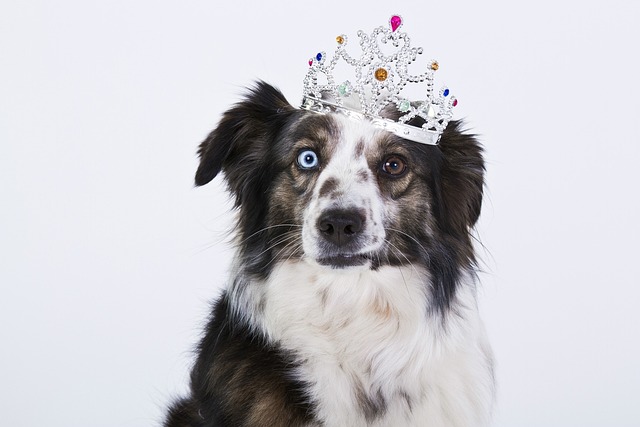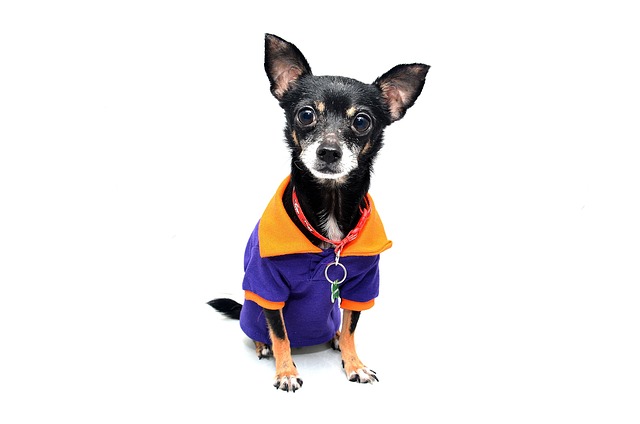
Are CBD treats good for dogs
It’s a stormy night in your Chicago apartment, and your rescue Lab, Max, is pacing—paws clicking on the hardwood, tail tucked, whimpering every time thunder booms.
Let’s start with a scenario many new pup parents in Phoenix might recognize: You’re unwrapping a chocolate bar on the couch, your 6-month-old golden retriever mix darts over, snatches the fallen piece before you can blink, and swallows it whole. Panic sets in—how soon should you worry? The clock starts ticking, but understanding the timeline and risks can calm the storm.
Chocolate’s danger lies in theobromine, a stimulant humans process easily but dogs metabolize very slowly. Imagine their liver as a tiny machine trying to break down a massive load—it can’t keep up, leading to buildup in the bloodstream. Dark chocolate is the biggest threat (150mg theobromine per ounce), followed by semisweet and milk chocolate; white chocolate has minimal amounts. A 10-pound Yorkie who eats a square of 85% dark chocolate faces a higher risk than a 70-pound Lab who steals a few milk chocolate chips. Size matters, but so does the type and quantity.
Most dogs show symptoms 1–4 hours after ingestion. Watch for restlessness, excessive panting, vomiting, diarrhea, or a racing heart. In severe cases, tremors, seizures, or difficulty breathing may occur 6–12 hours later as theobromine affects the heart and nervous system. Time is critical: The sooner you act, the better the outcome.

Here’s your plan if your dog eats chocolate: Gather facts immediately—note the chocolate type (dark, milk, white), weight, and time of ingestion. Keep the wrapper for the vet; it contains crucial info like cocoa percentage. Contact a professional right away: call your vet or the ASPCA Animal Poison Control Center (888-426-4435). They’ll calculate risk based on your dog’s weight and the chocolate consumed. Do not induce vomiting at home unless instructed by a vet—some cases (like after 2 hours) make it unsafe and ineffective. Monitor closely: keep your dog calm and hydrated with small sips of water (if approved by your vet). Watch for any changes in behavior or symptoms, and record them to share with the vet.
Preventing chocolate ingestion ties into daily habits and responsible pet ownership. In apartments, store chocolate in high, locked cabinets—curious pups are expert counter-surfers, especially when drawn by sweet smells. Use positive reinforcement to train “leave it”: When your dog ignores a chocolate wrapper on the counter, reward them with praise and a safe treat. Avoid punishment-based methods; yelling or hitting erodes trust and goes against the positive training culture embraced by most U.S. trainers (and recommended by organizations like the APDT).
In public, keep your dog leashed (required by law in 95% of U.S. cities) to prevent them from scavenging dropped chocolates at parks or sidewalks. Always clean up after walks with poop bags—not just for hygiene, but because it’s the law in most places (fines start at $250 in cities like New York). And remember, up-to-date vaccinations (legally required in all states) are part of overall health, but proactive chocolate safety is equally vital.
Most importantly, stay calm. With quick action and proper precautions, many dogs recover fully. This scenario isn’t just about chocolate—it’s about being a prepared pet parent, whether you’re in a Miami condo or a rural Ohio home. Knowing the risks, recognizing symptoms, and having a plan ensures you’re ready to protect your pup from this common hazard.

It’s a stormy night in your Chicago apartment, and your rescue Lab, Max, is pacing—paws clicking on the hardwood, tail tucked, whimpering every time thunder booms.

You’re huddled by the whelping box in your Atlanta home, staring at a litter of squirming, pink newborns—their mom, a nervous Golden Retriever

That little brown bottle of saline solution sits in many medicine cabinets – handy for contacts, minor cuts, or stuffy noses. Spotting your dog shaking his head or scratching an ear, it’s tempting to reach for this familiar, seemingly gentle fluid.

Coming home to a shredded couch cushion and a quivering pup by the door—sound familiar? For new dog owners in Chicago high-rises or suburban Atlanta homes

If your floor looks like a fur carpet and your clothes are constantly covered in dog hair, you’re not alone. Excessive shedding is a common concern for dog owners, but there are effective ways to manage it.

You’ve just finished a sunny hike with your 45-pound Golden Retriever, Bailey, through Arizona’s Red Rock Canyon. As he collapses panting in your SUV